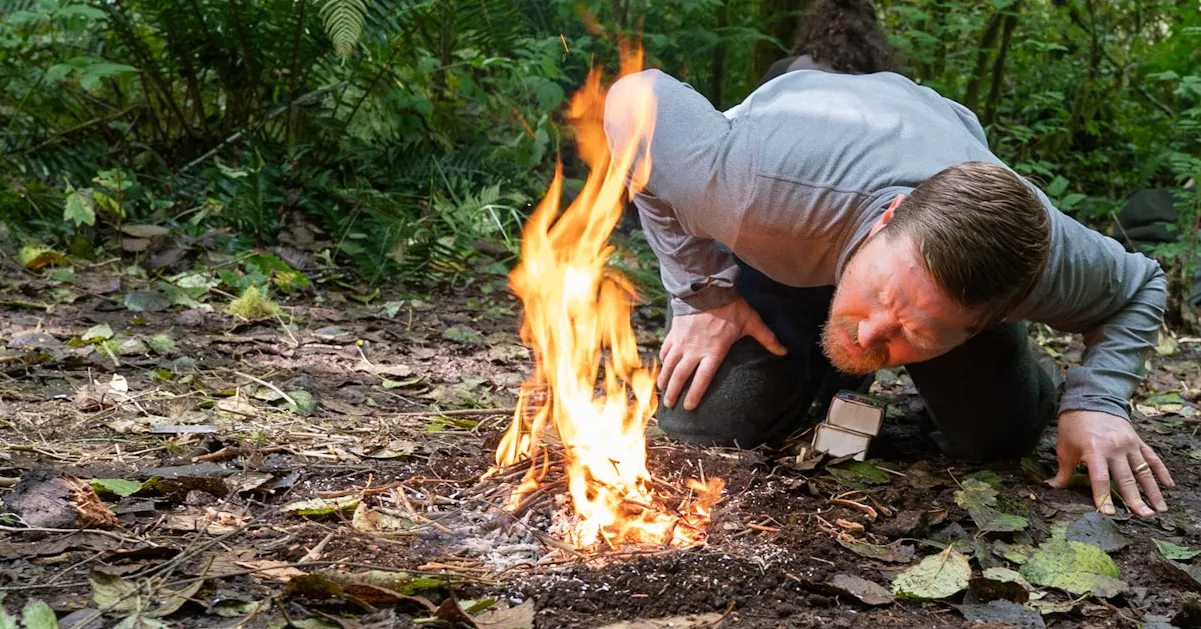Hey there, fellow survival enthusiasts! It's your go-to survival expert here, and today I've got something really special lined up for you. So grab your notebook and pen, and let's embark on this adventure together.
Starting with the Basics
Before you pack your bag and head into the wild, it's crucial to outline what it is you want to achieve. Are you looking to focus purely on wilderness survival—maximizing your ability to stay alive and find safety? Or are you drawn to bushcraft, which encompasses survival but also delves into traditional and indigenous methods, relying less on gear and more on knowledge and experience?
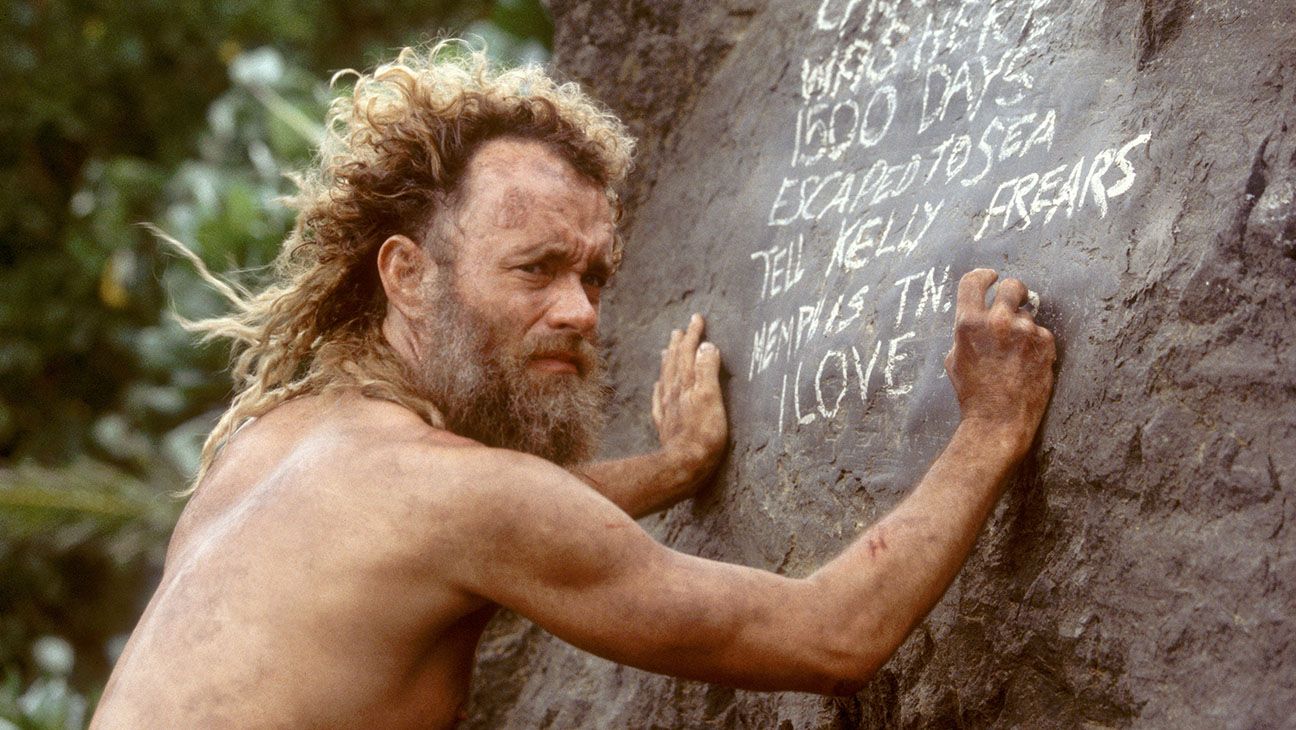
Top Priorities for Wilderness Survival
Water: It's your lifeline, so knowing how to find, collect, and process it is vital.
Fire: Learn the art of making, using, and maintaining a fire.
Shelter: Understand where to place it, how to construct it, and its longevity.
Food: Focus on identifying, processing, and cooking food in the wild.
From reading to hands-on training, there's a spectrum of ways to hone these critical skills.
Books and Training
Some recommended reads include Tom Brown's Guide to Wilderness Survival and The Tracker by Tom Brown. But it's not just about reading; it's about practicing the skills. So why not go off-trail and simulate being lost? Analyze your needs, resources, and surroundings, then devise a survival plan. This hands-on approach is indispensable for solidifying your knowledge.
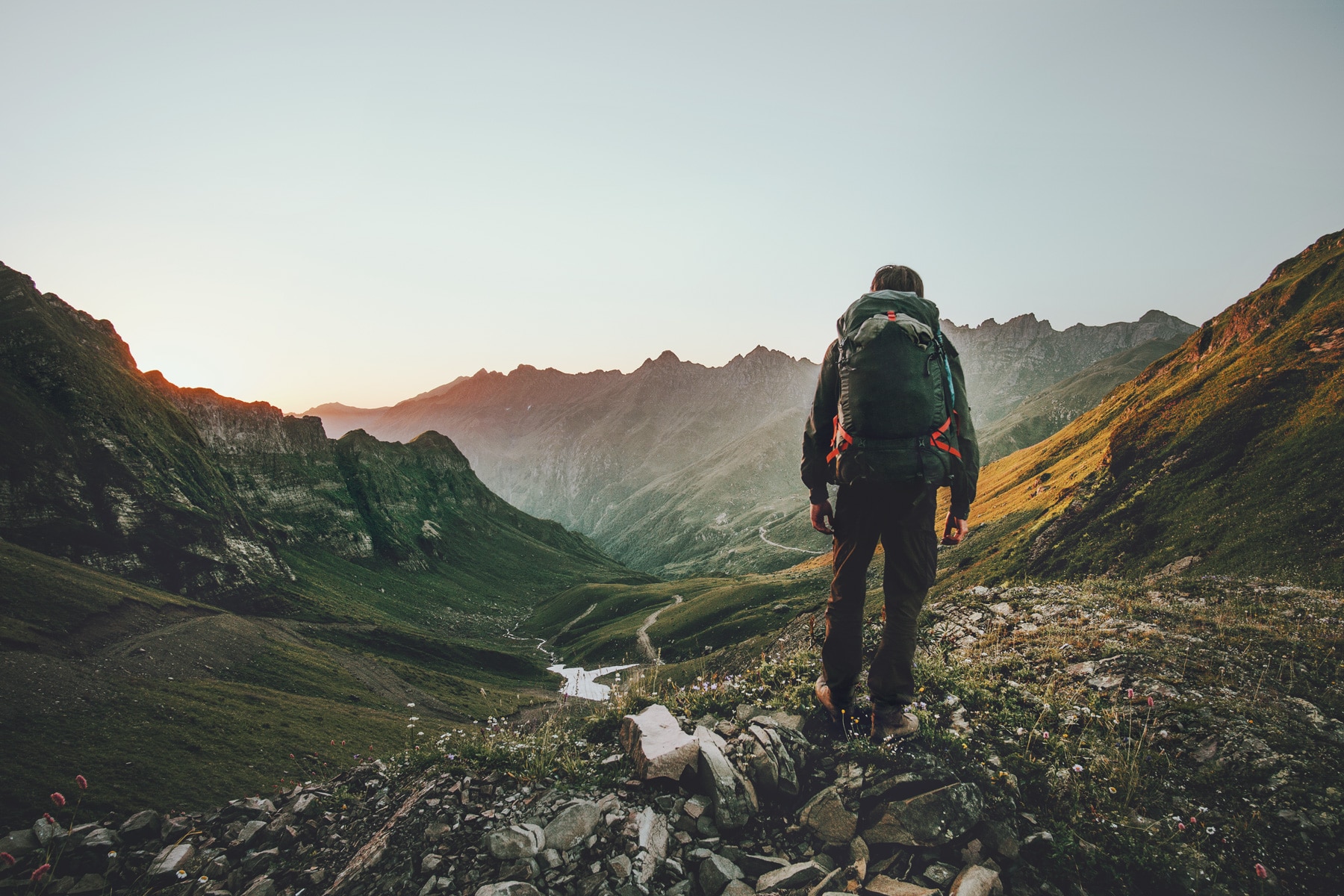
Bushcraft and Practical Exercises
Bushcraft enthusiasts will tell you that the essential wilderness survival skills you learn can be applied to wilderness survival. Start simple—try lighting a fire without conventional means on your next camping trip. Then, maybe locate a water source or build a primitive shelter. Channels devoted to bushcraft are rich resources for practical survival techniques.
Regular Adventures and Skill Building
It's important to get out there regularly. Schedule monthly camping trips and each time, remove one comfort item and add a new challenge to your itinerary. Whether it's extending the duration of your trips or traveling further distances, each journey should push your boundaries. Here’s a simple tip: learn about edible plants and different shelter types between your trips.
Skills to Master:
Building diverse types of shelters
Starting and maintaining fires
Safe water procurement methods
Foraging and trapping techniques
Community and Education
Consider joining online communities like BushcraftUSA.com, where they offer free classes and tons of valuable advice. It's a supportive space where you can learn and grow with others who share your passion.
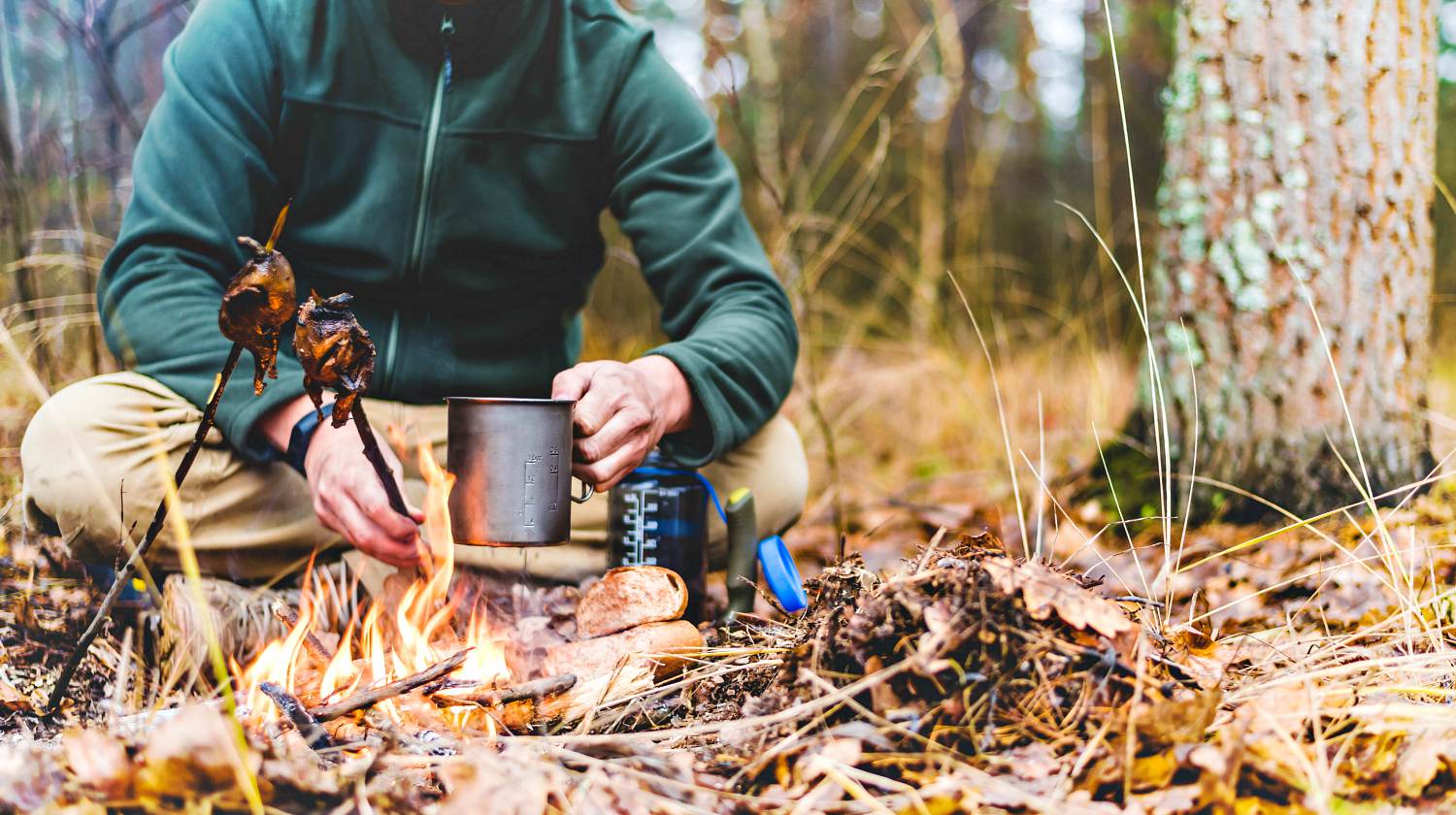
Moving Forward with Experience
When you're ready to test your abilities, pack your usual gear and dedicate each day of your trip to a particular skill, such as fire making or shelter building. It's wisest to do this with a companion or, at the very least, let others know where you'll be.
From South America to the USA
Interestingly, my journey began in Sao Paulo, Brazil, but it doesn't end there. I'm heading to Indiana, USA, where opportunities for wilderness survival training abound. Places like the White Pines Wilderness Academy in Indianapolis come highly recommended and offer a wealth of knowledge through classes and community support.
A Blend of Ancient Skills and Modern Techniques
In this blog post, we've delved deep into the world of wilderness survival, balancing time-honored techniques with current best practices. As we wrap up, it’s crucial to understand that the essence of survival lies in adaptability and continuous learning. Whether you're reading authoritative books like The Book of Camping & Woodcraft by Horace Kephart, or staying up-to-date with current thought leaders in survival like Ray Mears, the journey never truly ends.
Remember, folks, wilderness survival isn't just a set of skills. It's a mindset, a way of life. It's about respecting nature, understanding its rhythms, and knowing how to coexist with the environment around you. So go forth, practice responsibly, and keep the spirit of adventure alive. Until next time, stay safe and stay prepared!
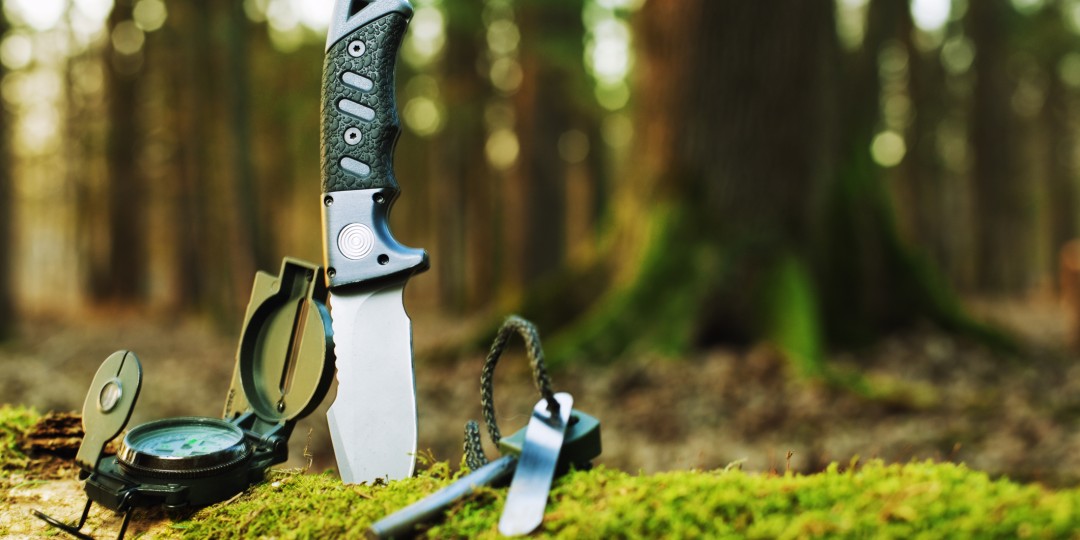
Expanding Your Wilderness Survival Toolkit
Welcome back to the blog, my intrepid adventurers! We've already covered the foundations of wilderness survival, but the journey doesn't stop there. Today, we're going to broaden our horizons and dive into additional resources and strategies that can turn you from a novice into a seasoned survivalist. So keep your notepad at the ready, because we're about to enhance your outdoor education.
Diving into Advanced Survival Techniques
As you progress in your wilderness survival skills, you'll want to expand on the basics. Deepening your understanding of local flora and fauna, mastering navigation skills, and becoming proficient in emergency first aid are just a few areas to focus on.
Essential Survival Skills to Advance:
Navigation: Learn to use a compass and read topographical maps.
First Aid: Acquire knowledge on treating injuries and illnesses in the wild.
Foraging: Further study on edible and medicinal plants native to your area.
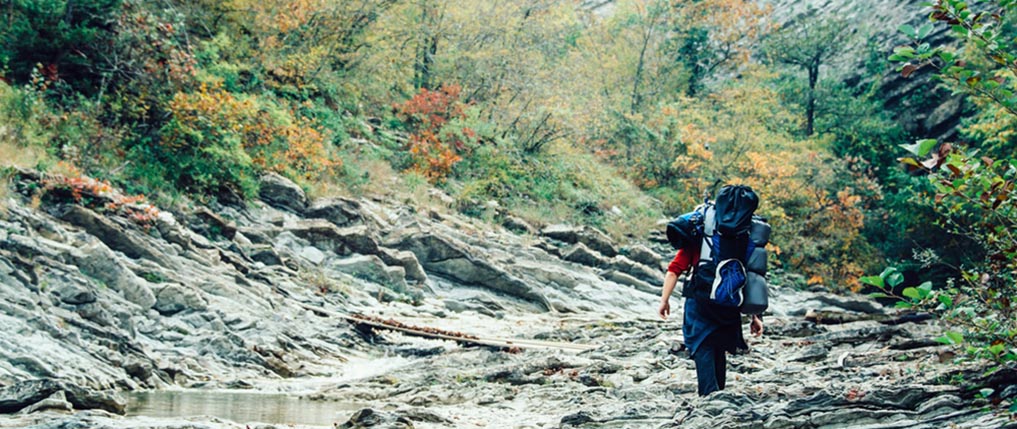
Engaging with Survival Experts and Communities
Connecting with experts who have been where you aspire to go is invaluable. They can provide insights that only come from years of practical experience. Look for local survival workshops, join online forums, and follow social media accounts of seasoned survivalists to stay engaged with the community.
Survival Forums and Workshops to Consider:
Survivalist boards and online forums
Local outdoor retailers offering workshops and courses
Online webinars and virtual training sessions
Gear Considerations and DIY Solutions
In the realm of wilderness survival, gear can be your best friend or your worst nightmare. It's important to choose wisely—opt for multipurpose tools and learn to improvise with what nature provides. Also, consider creating your own DIY survival tools, which can be a fun and informative process.
Key Gear and Improvisation Strategies:
Multipurpose Tools: Items like a sturdy knife, paracord, and a reliable fire starter.
DIY Gear: Crafting your own fishing gear or carving utensils from wood.
Natural Resources: Utilize stones, branches, and vines for various survival needs.
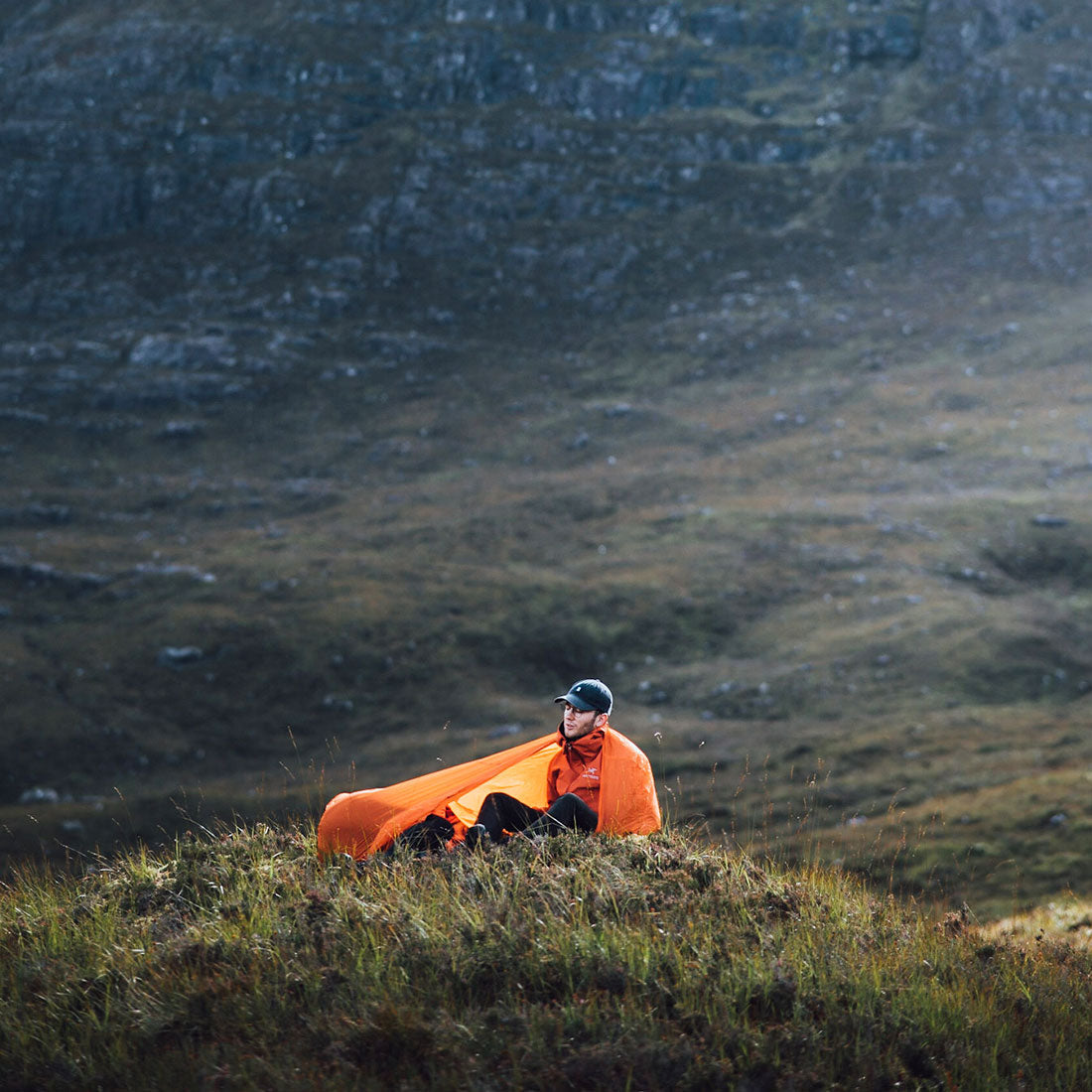
The Psychological Aspect of Survival
Survival is as much a mental game as it is a physical one. It's crucial to cultivate a resilient mindset, manage stress, and overcome the psychological hurdles that can arise in a wilderness survival situation.
Mental Resilience and Coping Strategies:
Stress Management: Techniques like mindfulness and controlled breathing.
Decision Making: Keeping a cool head to make rational decisions under pressure.
Overcoming Fear: Building confidence through knowledge and repeated practice.
Tailoring Skills to Your Environment
Remember, survival strategies can vary dramatically depending on the environment. What works in the dense forests of the Pacific Northwest might not be effective in the arid deserts of the Southwest. Learn to adapt your skills to the landscape you're in.
Environment-Specific Survival Tips:
Desert Survival: Techniques for staying cool and finding water in arid regions.
Forest Survival: Skills for navigating dense woodland and identifying resources.
Mountain Survival: Adaptability for high altitudes and variable weather conditions.
Concluding Your Survival Education Journey
As we conclude, keep in mind that your survival education is a never-ending process. Embrace new challenges, learn from your mistakes, and always seek to refine your skills. Whether your next adventure takes you to the remote corners of the wilderness or a local park to practice your bushcraft, approach each experience as a valuable lesson.
And with that, my friends, I leave you with a reminder: be curious, be prepared, and never stop exploring the vast expanse of knowledge that wilderness survival has to offer. Until next time, gear up, get out there, and thrive in the great outdoors!
